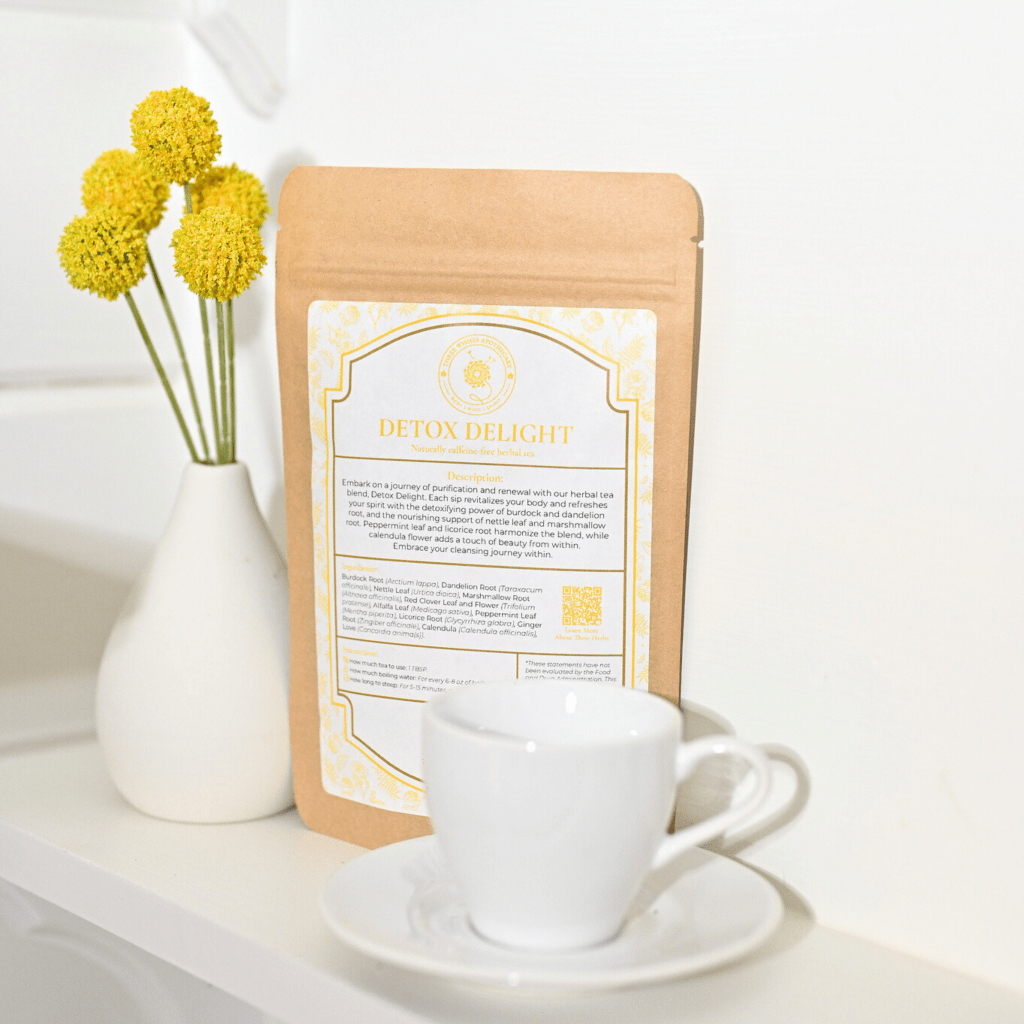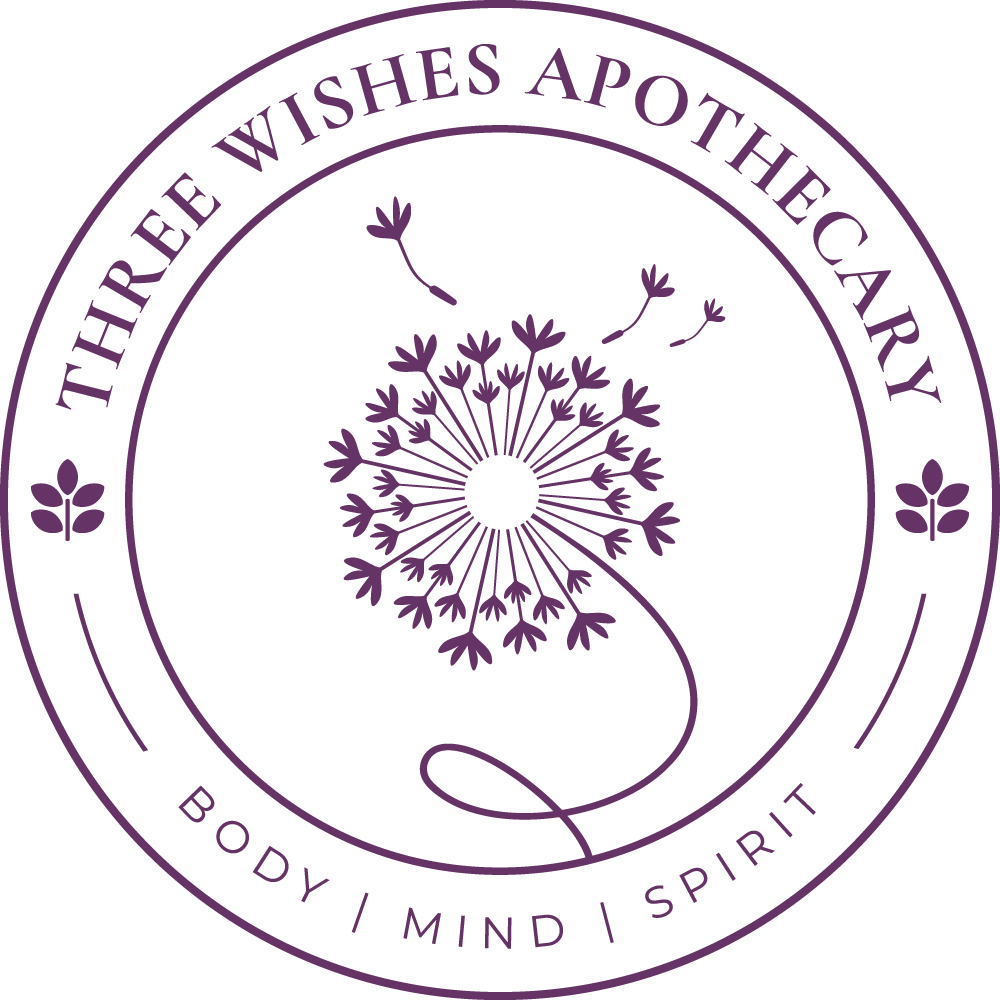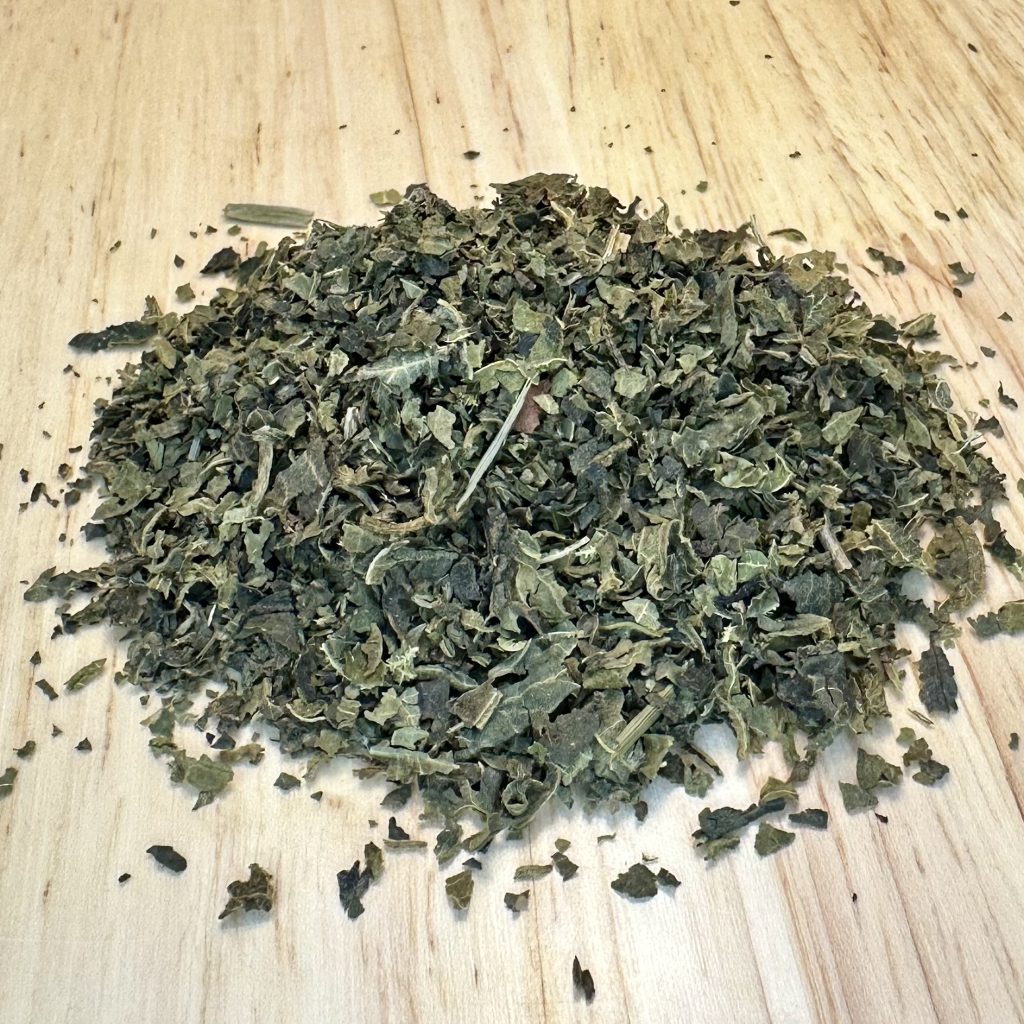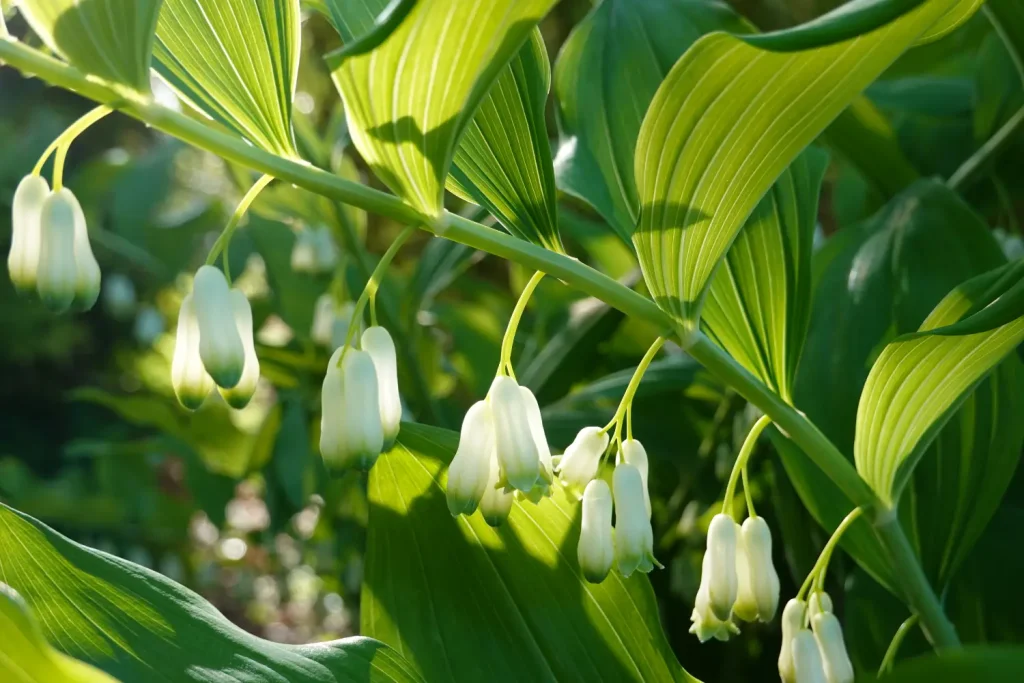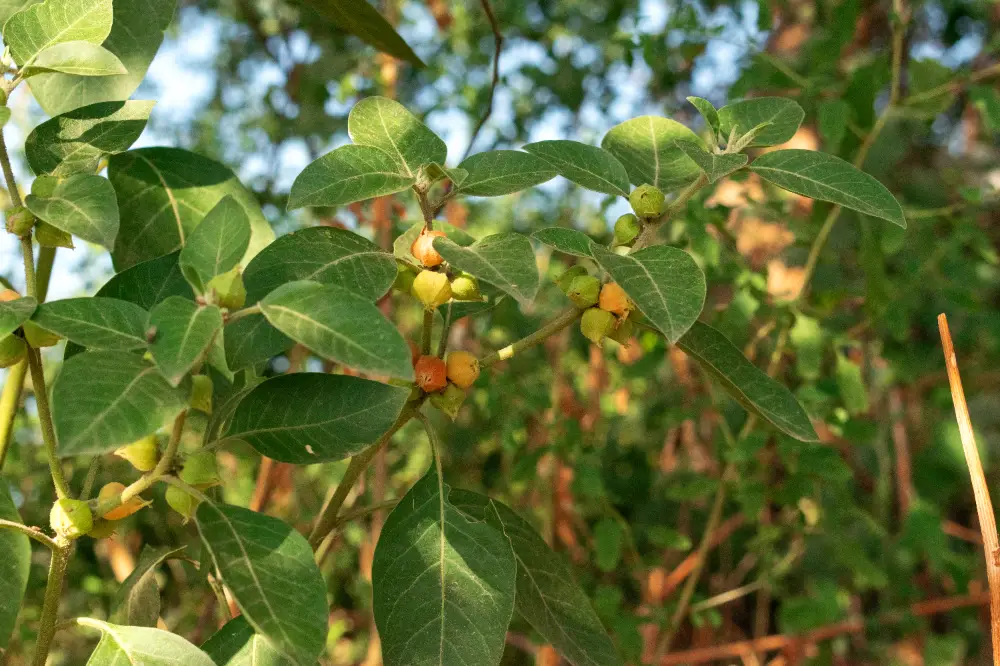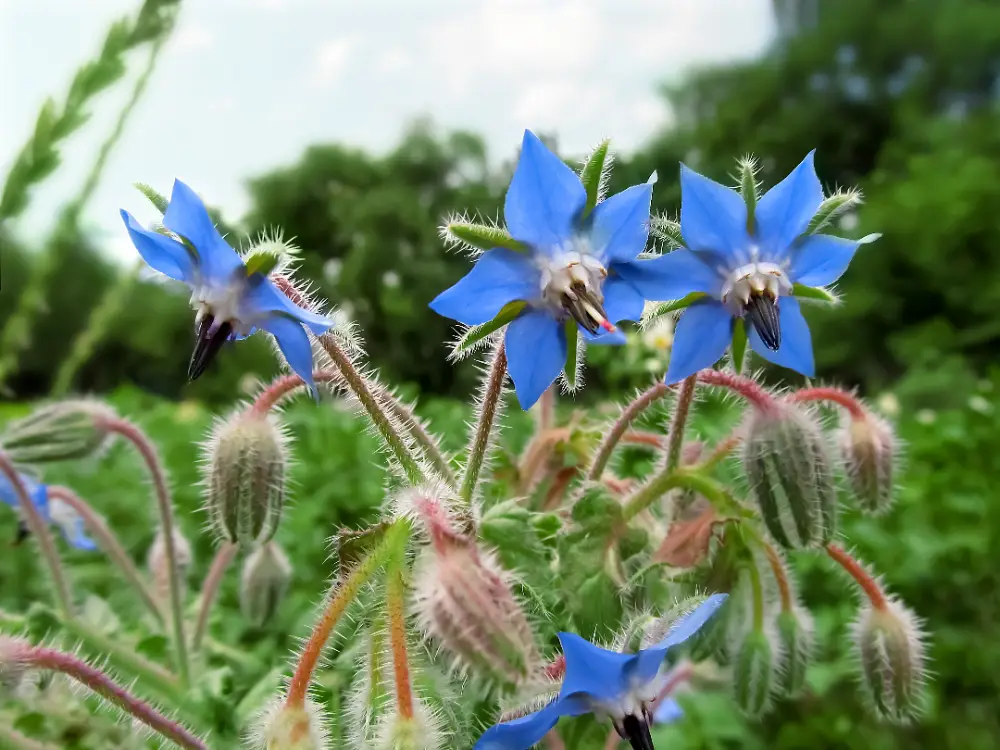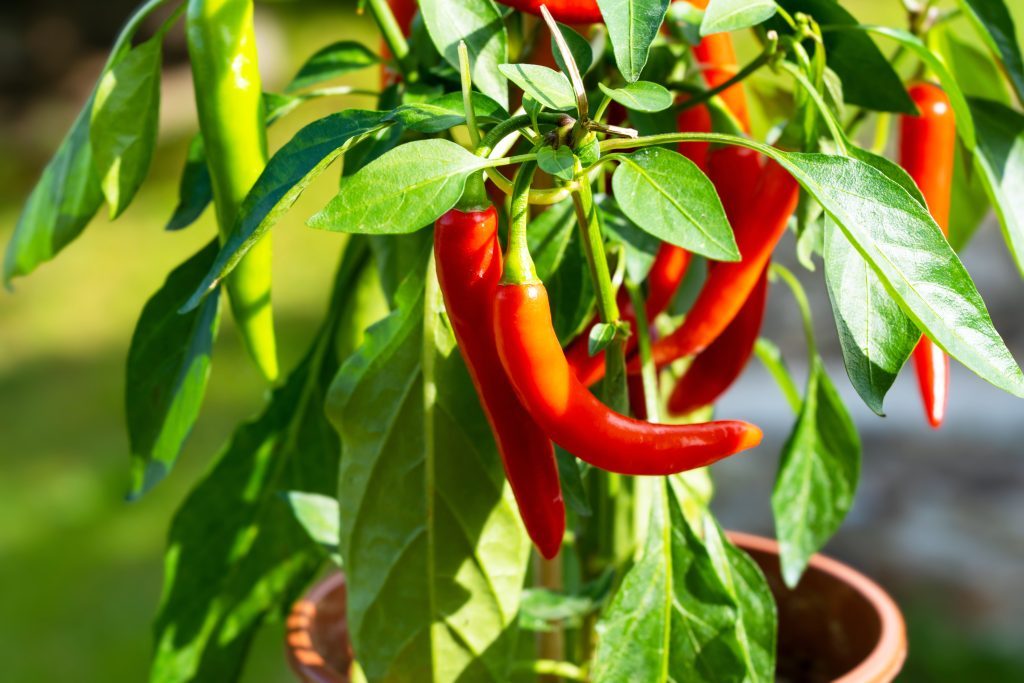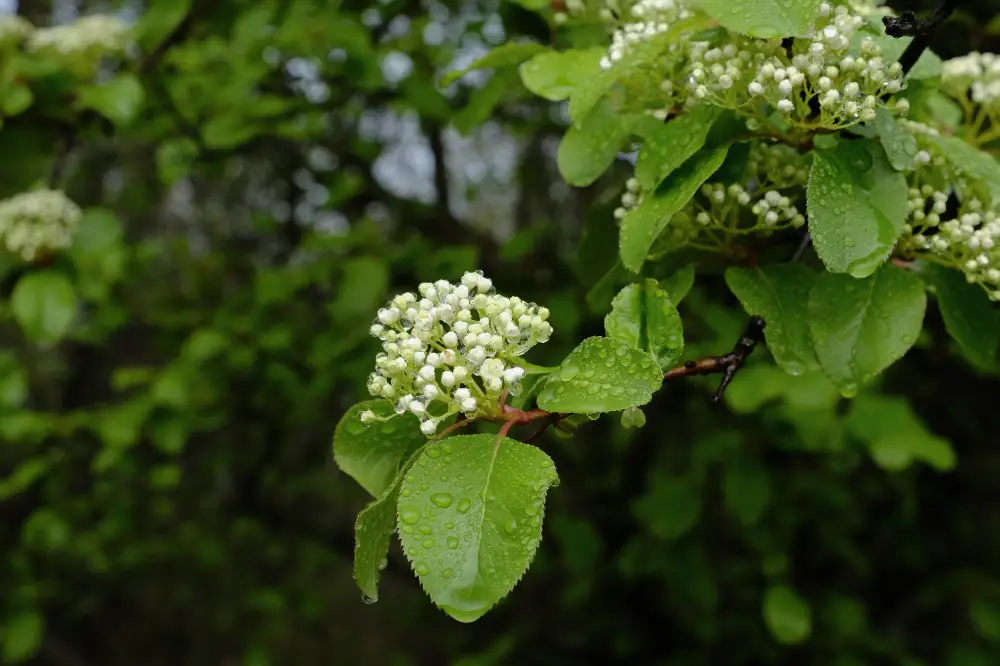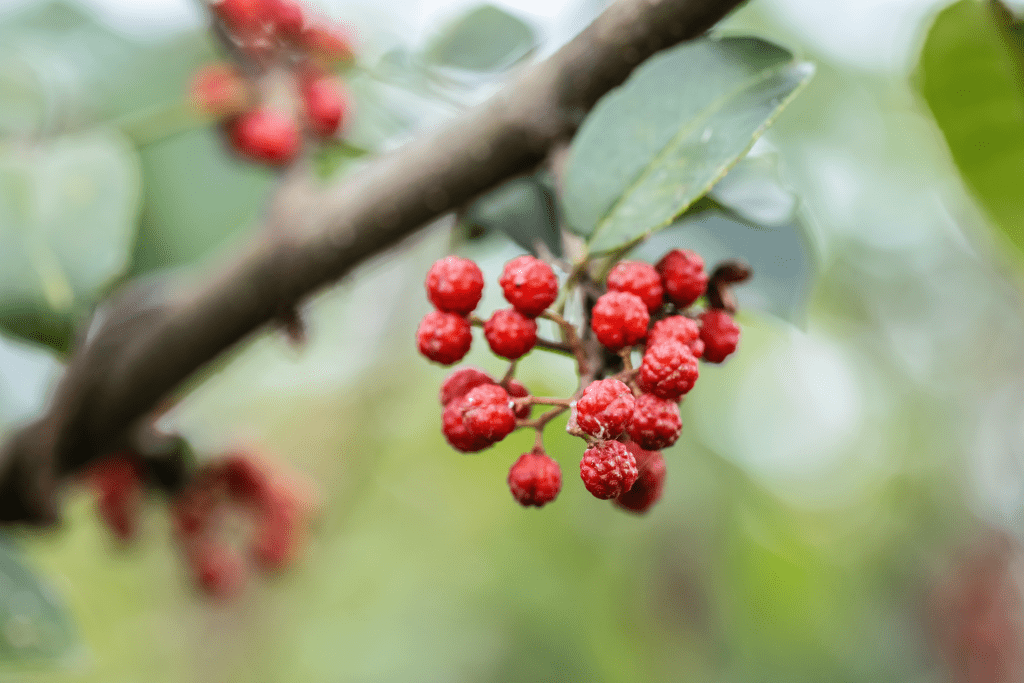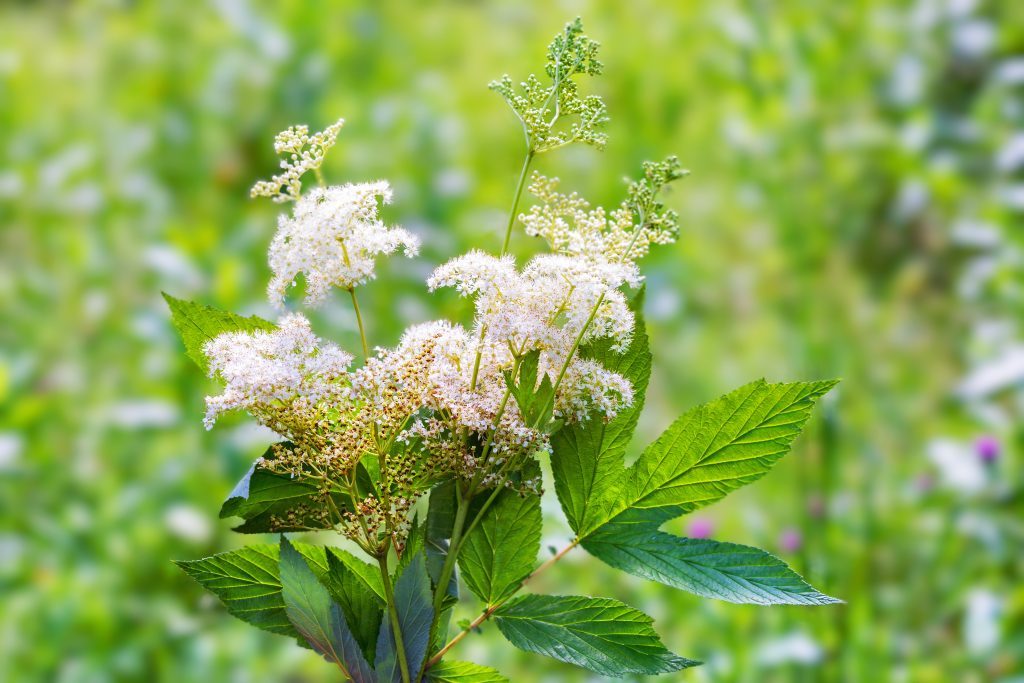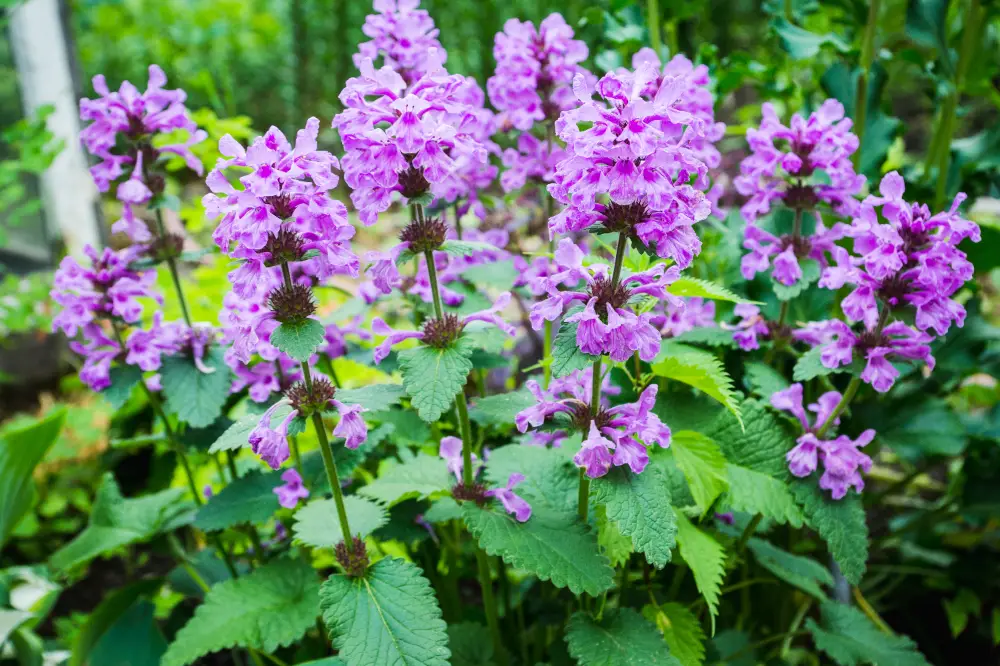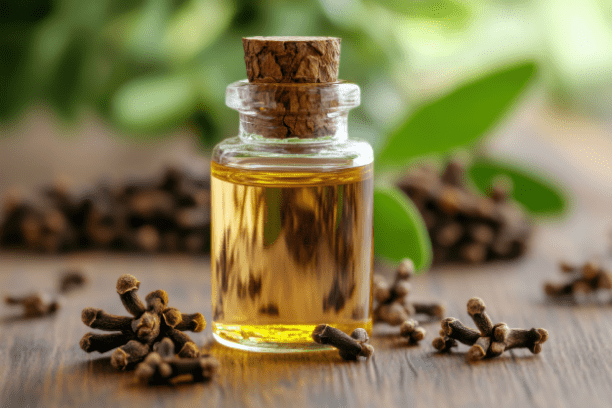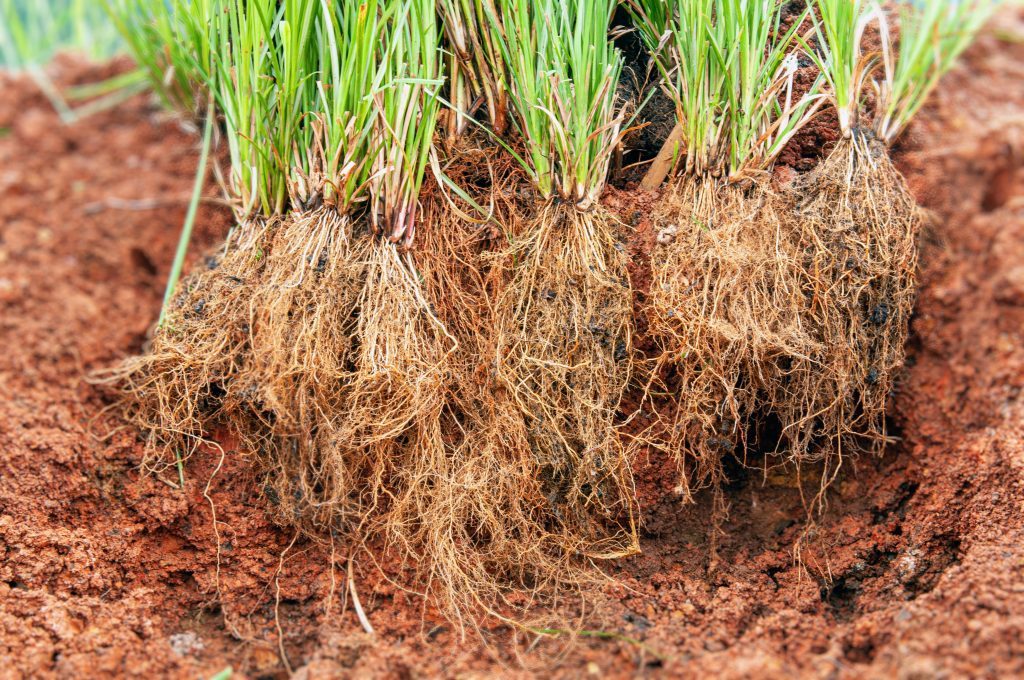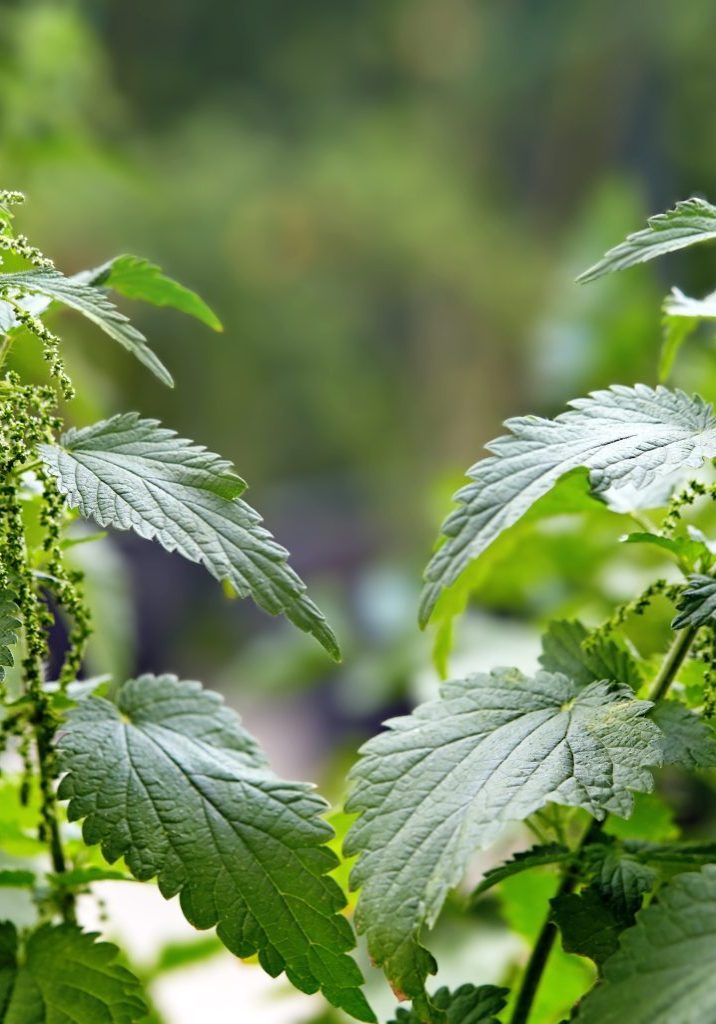
Nettle
Urtica dioica
Urticaceae (Nettle family)
Nature’s Nourisher and Detoxifier, Strengthening the Body and Revitalizing Vital Energy
Other names:
Common Nettle, Burn Nettle, Leafy Nettle, Stinging Nettle
Superpower
A powerhouse of nutrition and detoxification, Urtica dioica strengthens and revitalizes the body, making it a go-to for boosting energy and supporting overall wellness.
Uses
Historically used in Europe and Asia as a tonic for detoxification, arthritis, and joint pain.
The fresh plant was traditionally used for urtication, where it was intentionally applied to the skin to stimulate circulation and relieve pain.
Used to promote kidney health and relieve urinary issues due to its diuretic properties.
Current Uses:
-
- Nettle is now widely used as a nutrient-rich herb, providing an abundance of vitamins, minerals, and iron.
- Commonly used to reduce seasonal allergies and support respiratory health.
- Nettle is valued for its anti-inflammatory properties, supporting relief from arthritis, joint pain, and muscle soreness.
- Hair: Nettle is commonly used to strengthen hair and promote hair growth, often used in shampoos and rinses to reduce hair loss and improve scalp health.
- Skin: Nettle is also beneficial for treating skin conditions such as eczema and acne due to its anti-inflammatory and detoxifying properties.
Cautions
Toxicity:
-
- Hypersensitivity or allergy may occur, so it’s recommended to start with a low dose to gauge your body’s response.
- The root may cause digestive upset in some individuals, so use it with caution, especially if you have a sensitive stomach.
Contraindications:
-
- Use caution if you experience edema (swelling) due to heart or kidney issues.
- Be mindful if you have a history of bleeding disorders, and monitor for electrolyte imbalances, especially in older adults.
Interactions:
-
- The root may interact with anti-diabetic medications or medications used for benign prostatic hyperplasia (BPH), so consult a healthcare provider if you are on these treatments.
Known Chemical Constituents
Leaf:
-
- Acids: Carbonic, Caffeic, Chlorogenic, Formic, Salicylic, Silicic, Citric, Fumaric, Malic, Oxalic, Succinic
- Amines: Acetylcholine (Ach), Betaine, Choline, Lecithin, Histamine, Serotonin
- Flavonoids: Quercetin, Kaempferol, Rutin
- Nutrients: Vitamins A, B, C, K, Calcium (Ca+), Phosphorus (P), Silicon
- Chlorophyll: Provides detoxifying and energizing properties.
- Dietary Fiber & Protein: Support overall nutrition and digestive health.
- Tannins: Provide astringent properties, toning tissues and reducing inflammation.
- Glucoquinones: Contribute to balancing blood sugar levels.
Root:
-
- Polysaccharides: Lectin, Lignans — Support immune function and help reduce inflammation.
- Coumarins: Contribute to improved circulation and reduced inflammation.
- Triterpenes: Known for their anti-inflammatory and wound-healing properties.
- Phytosterols: Beta-Sitosterol — Supports prostate health and hormone balance.
- Tannins: Offer astringent properties that help reduce inflammation and tone tissues.
Botanical Description
Habitat: Urtica dioica is found throughout Europe, Asia, North America, and northern Africa. It thrives in moist, nutrient-rich soils, often found along rivers, streams, forest edges, and disturbed areas.
Leaves: Heart-shaped, dark green, serrated leaves with stinging hairs on both surfaces. The leaves are covered with fine, hair-like structures that release irritating chemicals when touched.
Stems: Upright and square, the stems can grow between 2 to 6 feet tall. The stems also have stinging hairs.
Flowers: Small, greenish-yellow clusters of flowers grow along the upper stems. The plant has separate male and female flowers.
Roots: A rhizomatous root system that spreads underground, allowing the plant to spread easily in favorable conditions.
Fun Facts
Nettle fibers were historically used to make cloth, and during World War I, the German army used nettle fabric to produce uniforms due to a shortage of cotton.
Parts Used
Leaf, Root, Seed
Harvest
Timing:
-
- Leaves: Harvest in spring when the plant is young and vibrant.
- Roots: Best harvested in autumn when the energy of the plant has returned to the roots.
- Seeds: Collected in late summer when fully mature.
Method:
-
- Wear gloves to protect your skin from the stinging hairs. Use scissors to snip leaves or collect seeds. For roots, carefully dig around the base of the plant and lift the root system.
Storage:
-
- Dry leaves, roots, and seeds in a cool, well-ventilated area, away from direct sunlight. Store in airtight containers to preserve potency for up to one year.
Preparations
Tea / Infusion (Leaf):
Nettle leaf is most commonly prepared as a hot infusion, steeping the dried leaves in just-boiled water for 10–15 minutes. A strong infusion can also be made by steeping a larger quantity of leaf for several hours to extract maximum minerals.
Tincture (Leaf or Root):
Both the leaf and root can be tinctured. Leaf tincture is typically used for allergies, skin health, and as a general tonic. Root tincture is favored for urinary and prostate health support, especially in benign prostatic hyperplasia (BPH) protocols.
Capsules or Tablets:
Powdered nettle leaf, root, or seed can be encapsulated for those who prefer a convenient format. Leaf capsules are most often used for allergies and nutrition, while root capsules target prostate and urinary health.
Topical Applications (Leaf):
Nettle can be infused into oils and made into salves for skin health, muscle soreness, or joint support. Historically, fresh nettles were used for urtication to stimulate circulation in painful joints, though this is rarely practiced today.
Seed Preparations:
Nettle seed can be eaten whole, ground, or tinctured. Seeds are often sprinkled over food, blended into smoothies, or taken as a tincture for energy and vitality support.
Culinary Uses (Leaf):
Young nettle tops can be cooked like spinach, added to soups, stews, pestos, or incorporated into spring tonics. Cooking or drying removes the sting, making them safe to handle and eat.
Sacred Rituals
Grounding Ritual: Brew a cup of nettle tea and sit barefoot on the earth. As you drink, focus on the deep connection between your body and the earth, visualizing roots extending from your feet into the ground, absorbing strength and nourishment.
Affirmations
“I stand strong and grounded, nourished by the earth, and embrace the vitality flowing through me with resilience and energy.”
Spiritual Associations
Nettle is often associated with protection and fertility. It is used in spiritual rituals for warding off negativity, as well as in fertility rites to promote abundance and growth. Its strong, resilient nature makes it a symbol of endurance and perseverance.
Functions
Any substance, treatment, or action aimed at alleviating symptoms caused by an allergic reaction, such as sneezing, itching, hives, or swelling.
AlterativeAn alterative is an herb or substance that gradually and gently improves the function of the body, often by enhancing the body’s natural detoxification and elimination processes, thereby promoting overall health and vitality.
Anti-inflammatoryA substance or agent that reduces inflammation in the body, soothing irritation, swelling, or redness in tissues.
Anti-lithic
A substance or agent that helps prevent the formation of stones (calculi) in the body, particularly in the kidneys or bladder, or aids in dissolving and eliminating existing stones.
Anti-rheumaticA substance or agent that helps prevent, alleviate, or manage symptoms of rheumatic conditions, including joint inflammation, stiffness, and pain.
AstringentA substance or agent that causes contraction or tightening of tissues, often reducing secretions or bleeding.
Diuretic
A diuretic is a substance that promotes the increased production and excretion of urine, helping the body eliminate excess fluids and salts through the kidneys.
Hair and Skin HealthRefers to the overall vitality, strength, and appearance of these external body parts, reflecting internal health, nutrition, and care routines.
HemostaticA substance or agent that helps stop bleeding by promoting blood clotting or constricting blood vessels.
Hypoglycemic agentA substance or intervention that lowers blood sugar levels, often used to manage conditions like diabetes or hyperglycemia.
Kidney FunctionKidney function refers to the ability of the kidneys to filter waste, regulate fluid balance, maintain electrolyte levels, and support overall homeostasis in the body.
NutritiveA nutritive is a substance that provides essential nutrients, supporting the body’s growth, repair, and overall vitality.

